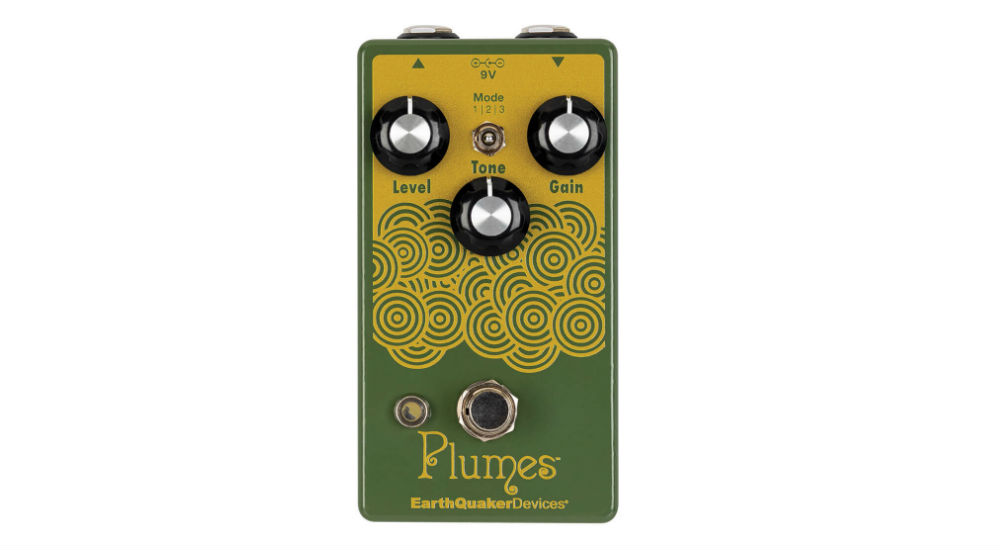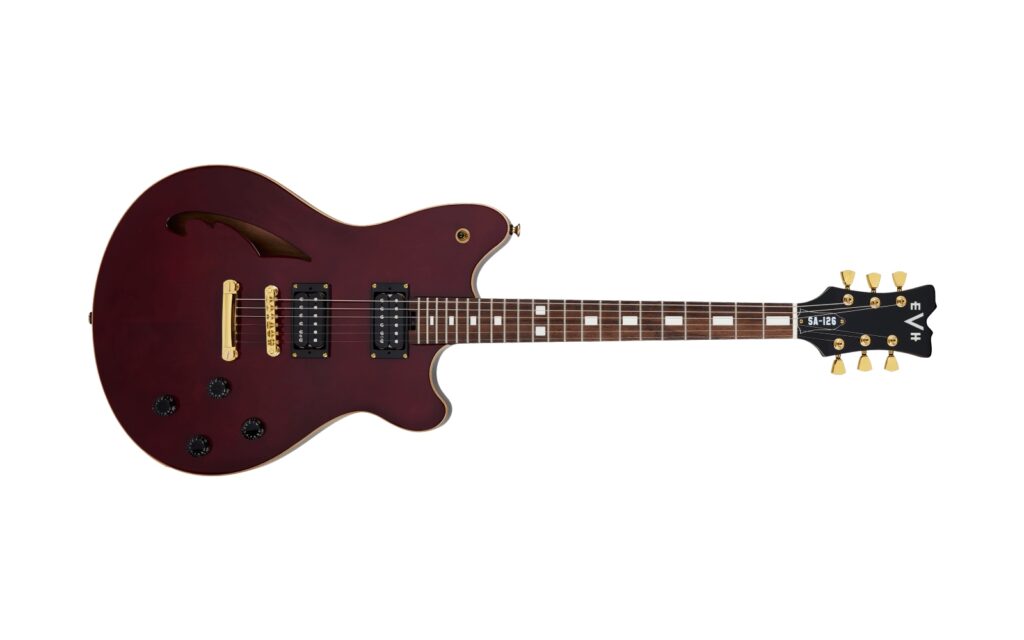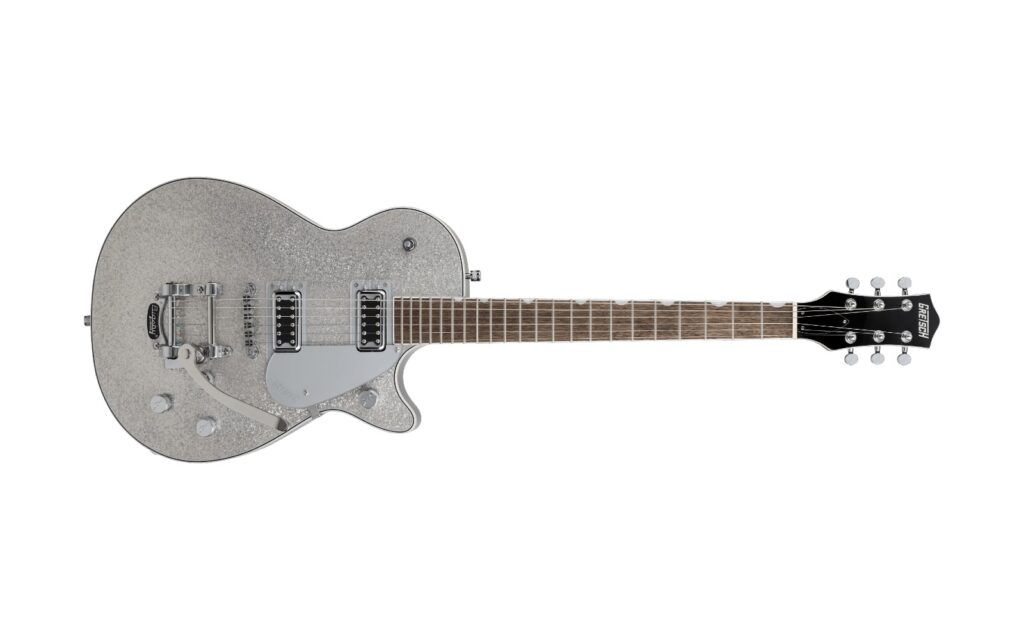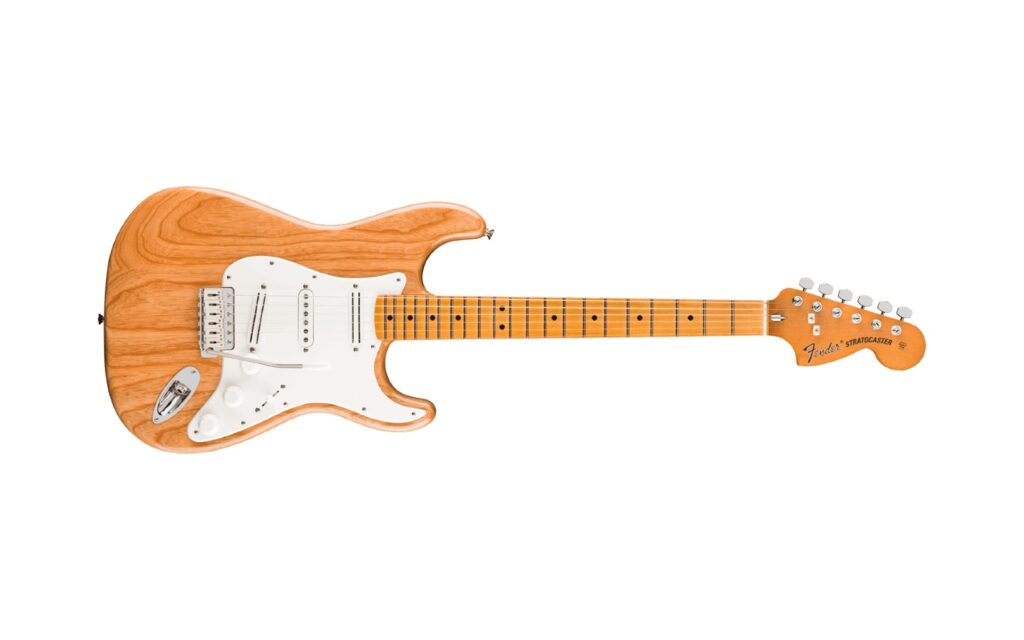To move a guitarist out of their slump with an overdrive pedal is to force them to rediscover the visceral power of a filthy rock tone just like Link Wray once did. EarthQuaker Device’s Plumes Small Signal Shredder could be the pedal to do that. EQD hail from the small town of Akron, Ohio in the US and in case you’re wondering why it sounds familiar, it’s because it’s also the home of 2000s blues rock duo The Black Keys. The band and the company are inextricably linked, as their first fuzz pedal was developed in 2006 by the band’s then-tour manager and sometimes-tech, Jamie Stillman; the Hoof Fuzz. It fit guitarist Dan Auerbach’s raunchy grit tone perfectly, and rolled into the successful international company it is today. The Plumes Small Signal Shredder still derives most of its spirit from the Hoof, and manages to evoke the nasty tones Auerbach relished all those years ago.
Inside the box, the pedal is kept in the kind of drawstring bag you might normally expect to receive deer milk skincare in, but don’t be fooled; this is a brawny little unit. Aesthetically, it’s got a nice balance between the affectations of a family company and mass-produced workhorse units like the Big Muff. A lime green finish is broken up by yellow targets and “Plumes” in the brand’s goofy font. It’s as light (approx. 400 grams) and compact (120mm x 63.5mm x 57.15mm) as you’d want for a staple pedal that will presumably occupy a vital functional position on your pedalboard. It’s powered by a bog standard 9v power supply with, reasonably enough, no battery option. The Plumes has the three-pronged dial setup you, a pedal monster, know is par for the course; level, tone and gain.
The Plumes Signal Shredder is designed to be paired with a valve amplifier; frankly, if you don’t have one, keep fiddling with digital FX. If you do though, you’re in luck because the Plumes ingenious circuitry produces a tone warm enough to wear this accursed winter. Broadly, it’s a highly transparent sound with plenty of chime and bite across its range. A lot of this clarity is attained through the internal split of the 9v power supply into +/- 9v. It’s a surprisingly diverse tonal range, spanning British Invasion style crunch to a doom metal fuzz.
The three way switch is the conduit to the three different distortion parameters. Mode 1 is going to give you a delightfully choppy telecaster crunch, particularly if you’re belting it out of a sizable clean amp. Turning the tone anti-clockwise, I was able to dial it back for a muted, muddier sound that works for something like fusion. Turning it back and pumping up the gain gave me a post punk spike. Behind the specs, this is the work of symmetrical clipping with a pair of light emitting diodes. Mode 2 is an undulating clean boost, which is great for any nasty, overdriven solos you have. In the circuitry, the two diodes are switched off so you’re just getting the core OpAmp drive and its searing clarity. Mode 3 is what most teenage noodlers will gravitate toward; it’s a screamer. This is definitely the Plumes’ pièce de résistance, with a beautiful saturated tone. Leave the tone on high to rip out the best rendition of ‘Maggot Brain’ you’ve ever done; pump up the gain and mute the tone and you’ve got a bonafide Melvins fuzz. I think the latter was the most surprising, with the Plumes able to produce a lot of body. This is enabled by, similar to EQD’s screamer, an asymmetrical silicon diode arrangement.
What makes the Plumes an extra nifty tool is its price point. For younger players, it could be the bridge to a monsterous distortion that a cheaper valve amp won’t be able to achieve all on its own. The all-analogue pedal tramples any digital alternative for sound. It’s the sound of Akron, Ohio packed into a pretty little unit that any guitarist should consider adding to their arsenal. Try and make distortion dangerous again.




